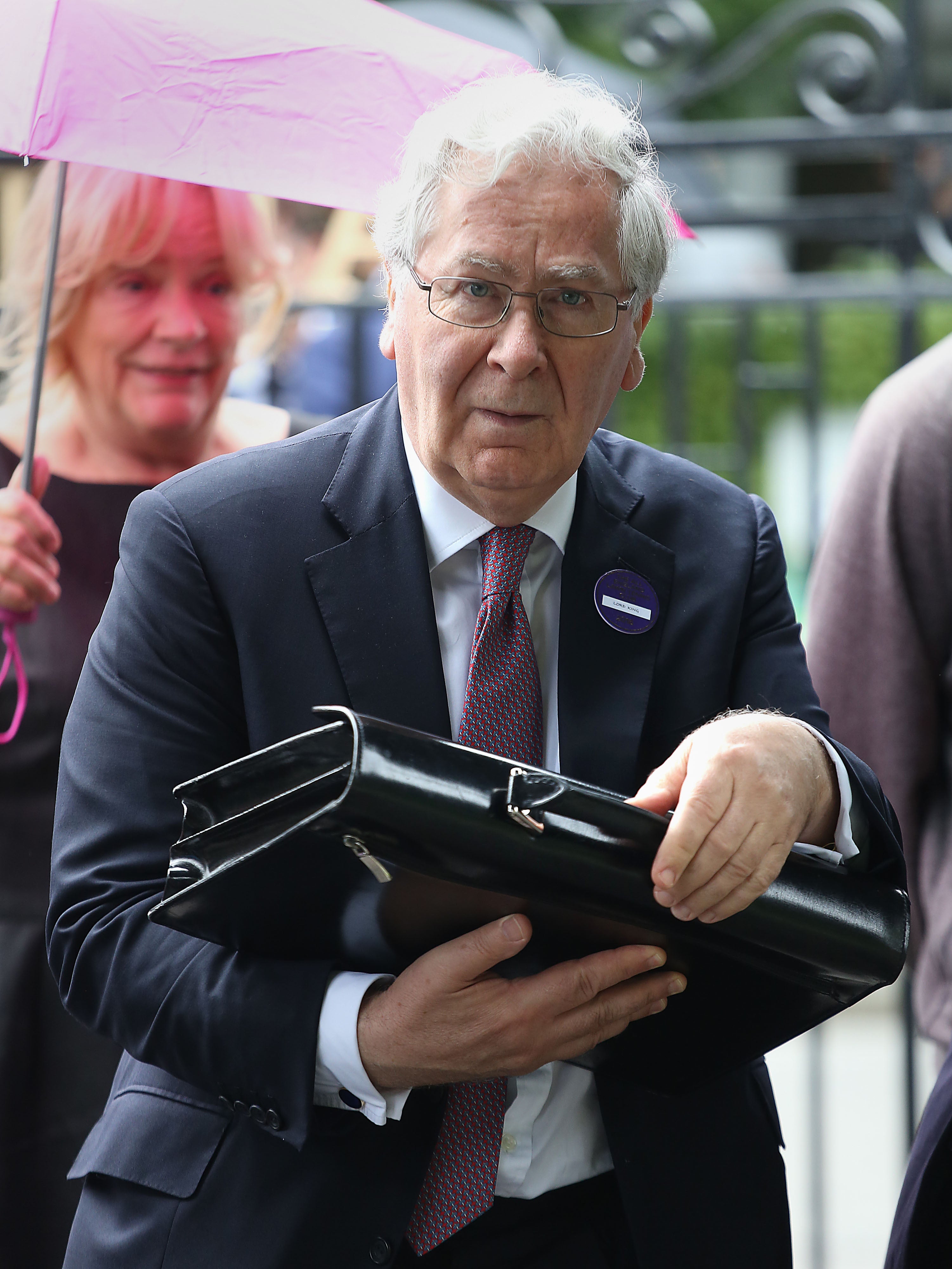Central banks drove inflation by printing money, says former Bank boss King
Mervyn King was governor of the Bank during the 2008 financial crisis.

Your support helps us to tell the story
From reproductive rights to climate change to Big Tech, The Independent is on the ground when the story is developing. Whether it's investigating the financials of Elon Musk's pro-Trump PAC or producing our latest documentary, 'The A Word', which shines a light on the American women fighting for reproductive rights, we know how important it is to parse out the facts from the messaging.
At such a critical moment in US history, we need reporters on the ground. Your donation allows us to keep sending journalists to speak to both sides of the story.
The Independent is trusted by Americans across the entire political spectrum. And unlike many other quality news outlets, we choose not to lock Americans out of our reporting and analysis with paywalls. We believe quality journalism should be available to everyone, paid for by those who can afford it.
Your support makes all the difference.Britain’s former most senior banker has accused the Bank of England of helping to push up inflation by printing money during the pandemic.
Mervyn King, who was governor of the Bank during the 2008 financial crisis, said that central banks around the world were pursuing “mistaken ideas”.
“There are mistaken ideas floating around in the central banking world, compounded now by bad luck after the Russian invasion of Ukraine,” he said.
He said that banks printed more money through quantitative easing during the pandemic, at the same time as the economy was shutting down.
This meant that there was more money and less goods to buy with it, causing prices to go up.
“It’s interesting that it was common to all central banks.
“They basically felt: ‘We must demonstrate that we’re here, we must do something’,” he told Sky News.
“But governments were doing a great deal, though in our case the furlough scheme, which was very sensible… it didn’t need central banks to print lots of extra money on top of all that.
“That’s generated a rise in inflation.”
He said that central banks do not have a clear plan of how to get inflation back down to 2%, the target that many central banks around the world pursue.
“The argument of central banks essentially is: ‘Well, we’re saying it will come down to 2%, so everyone will believe us, so it will come down to 2%”, he said.
“That’s a very odd way of thinking about it.
“I call it the King Canute theory of inflation: You sit there and you command the forces of the economy to bring inflation down to 2%, irrespective of whether you’re prepared to raise interest rates enough to achieve that.
“I think the test will be, once we see towards the end of next year how far inflation has come down, central banks may need to do quite a lot more in order to ensure that inflation comes down.”
Inflation hit 9% in the year to the end of April, the highest in 40 years according to estimates from the Office for National Statistics.
It was especially high in April due to the increase in the price cap on energy bills, which shot up 54% for the average household.